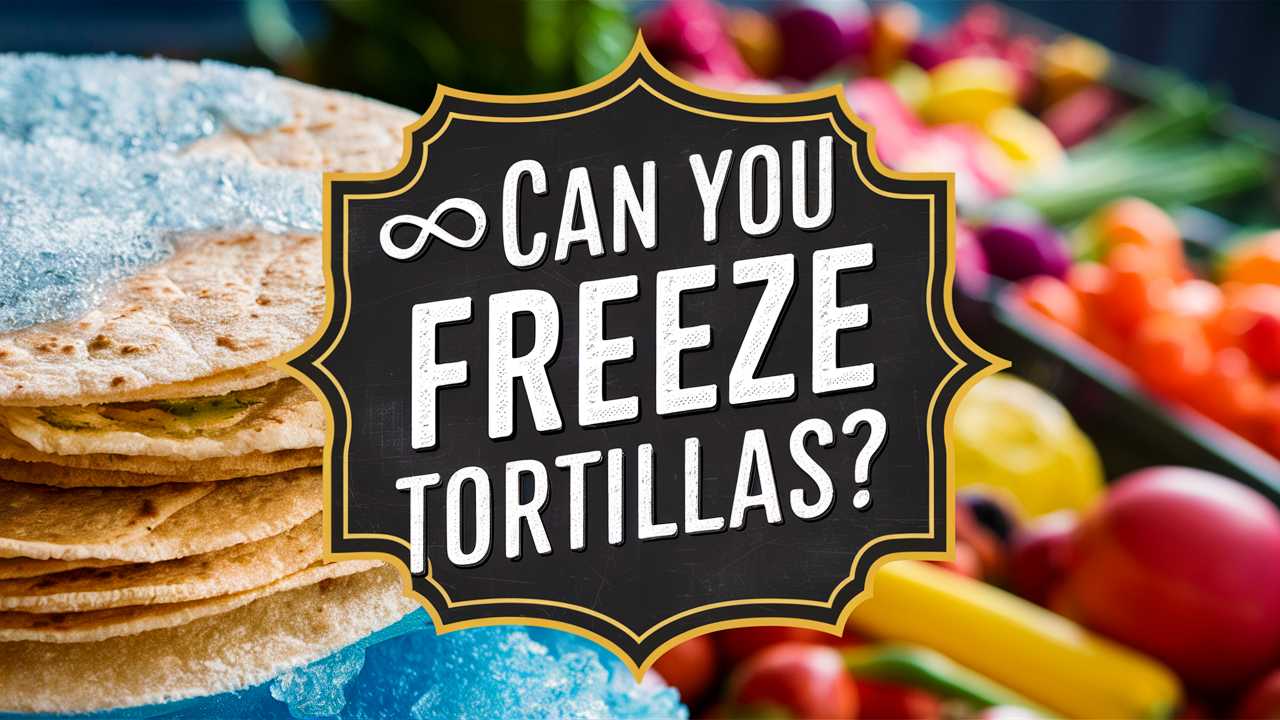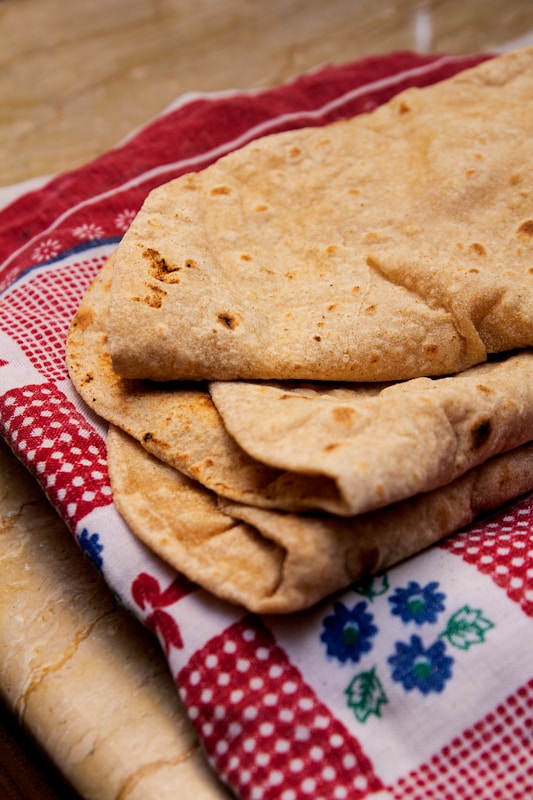In this guide, we’ll explore the ins and outs of freezing tortillas, encompassing tips, techniques, and practical advice that will empower you to get the most out of every pack.
Can You Freeze Tortillas?
The straightforward answer is yes, you can freeze tortillas! This method is not only possible but also reliable for extending their shelf life. Many people have successfully frozen tortillas, saving time and reducing food waste.
Why Freeze Tortillas?
The advantages of freezing tortillas are numerous:
Extended Shelf Life: Tortillas typically have a short shelf life of a few days to a week. Freezing can prolong this to several months, allowing you to buy in bulk and reduce trips to the store.
Convenience: Having a stash of frozen tortillas means you can whip up a quick meal without worrying about running out.
Minimized Waste: If you find yourself with leftover tortillas after a meal, freezing them prevents them from going stale.
With these benefits in mind, let’s explore how to freeze tortillas effectively.
How to Freeze Tortillas
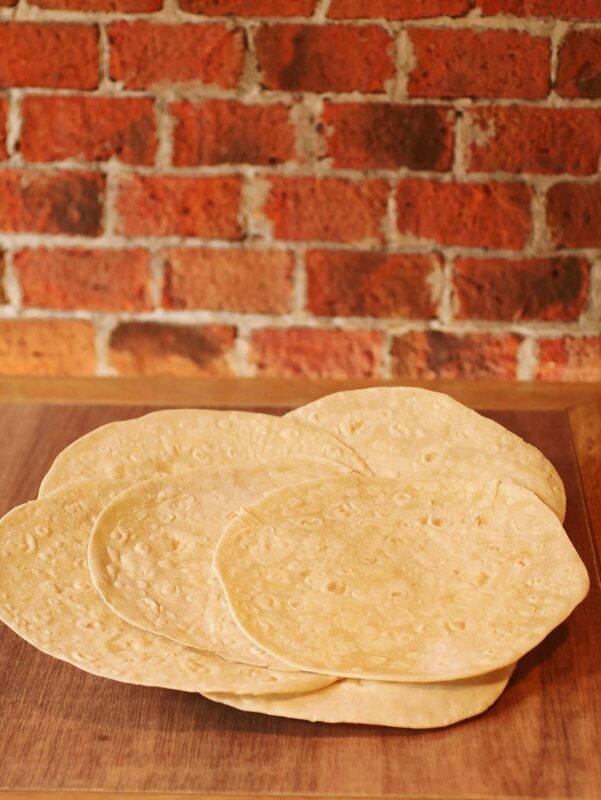
Freezing tortillas properly ensures that they retain their taste and texture. Below is a step-by-step guide to freezing corn and flour tortillas:
Step 1: Choose Your Tortillas
Whether you opt for store-bought or homemade tortillas, ensure that they are fresh. If using store-bought, check the expiration date to confirm they are still good.
Step 2: Prepare Your Tortillas
For Corn Tortillas:
Corn tortillas are often sold in stacks. Carefully separate them to prevent sticking together.
For Flour Tortillas:
Similar to corn, separate the flour tortillas into manageable stacks (usually 5-10 per stack).
Step 3: Wrapping Your Tortillas
Use Parchment Paper: Place a piece of parchment paper between each tortilla. This prevents them from sticking together and makes it easier to grab a few when needed.
Wrap in Plastic: Once stacked and lined with parchment, wrap the entire stack tightly in plastic wrap or aluminum foil. If possible, double-wrap for added protection against freezer burn.
Step 4: Label and Freeze
Label Your Packages: Use a permanent marker to write the date on the wrap. You can also note the type of tortilla if you have different kinds.
Place in Freezer: Lay the wrapped stacks flat in the freezer to retain their shape.
Step 5: Thawing and Reheating
When you’re ready to use your frozen tortillas, it’s time to thaw and heat them up:
Thaw: Take out the desired number of tortillas and let them thaw at room temperature for about 30 minutes. Alternatively, you can microwave them for about 10–15 seconds, wrapped in a damp paper towel.
Reheat: Heat a skillet on medium heat and warm the tortillas for about 30 seconds on each side, or until they are pliable and warm.
This simple process makes it easy to enjoy tortillas any time!
Best Practices for Freezing Tortillas
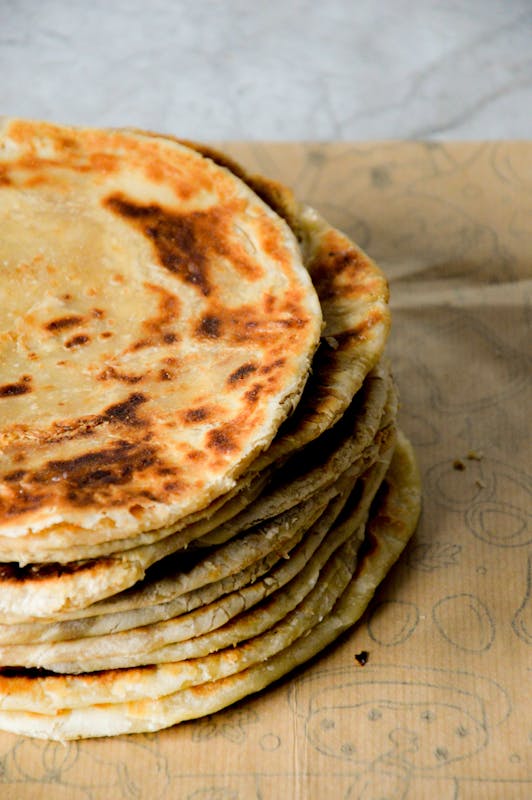
While the above method works well, there are some best practices that can further enhance your experience:
Use Airtight Containers: For extra protection against freezer burn, consider using airtight freezer bags. Remove as much air as possible before sealing.
Avoid Compression: Place the tortillas flat in your freezer to avoid them being squashed, which can affect their texture.
Don’t Overpack: Only freeze in batches that you can use quickly. Once tortillas are thawed, don’t refreeze them to maintain quality.
The Impact on Texture and Flavor
You might be wondering if freezing affects the texture and flavor of tortillas. Here’s what happens after freezing:
Corn Tortillas: These can sometimes become a bit drier after freezing, but properly wrapping them will prevent significant drying out. Their flavor remains intact, providing a delicious base for your dishes.
Flour Tortillas: These tend to retain their softness well, as long as they are adequately wrapped. They might be slightly less pliable upon thawing, but reheating thoroughly can revive their tenderness.
Understanding Tortillas: A Brief Overview
Before we jump into the freezing process, it’s essential to understand the different types of tortillas. Broadly, they can be categorized into two main types: corn and flour.
Corn Tortillas: Made primarily from masa harina (corn flour), these tortillas are integral to Mexican cuisine. Corn tortillas are gluten-free, have a hearty texture, and are often used in dishes like tacos and enchiladas.
Flour Tortillas: Generally made with all-purpose flour, water, lard (or oil), and salt, these tortillas are softer and more pliable. They are often favored for burritos and wraps due to their ability to hold ingredients without tearing.
Both types have unique characteristics that contribute to various culinary experiences. Understanding these differences is vital as they may influence how they handle freezing and reheating.
Creative Ways to Use Frozen Tortillas
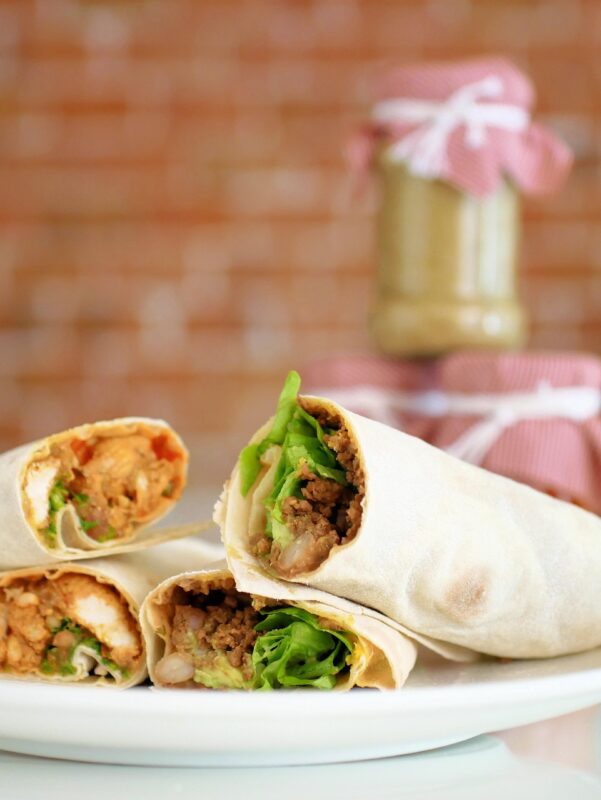
Wondering how to use those frozen tortillas? Here are a few delightful ideas to inspire your culinary adventures:
Quick Tacos: Grab a few tortillas, thaw, and either fry or grill them briefly. Fill them with your favorite meats, beans, or grilled vegetables, and top with fresh salsa, cabbage, or avocado.
Breakfast Burritos: Prepare a filling of scrambled eggs, cheese, and sautéed veggies. Roll it all together in a thawed flour tortilla for a hearty breakfast on the go.
Enchiladas: Use frozen corn tortillas to prepare a traditional enchilada dish. Fill with meat and cheese, cover in sauce, and bake for a comforting meal.
Quesadillas: Create a gooey cheese quesadilla by placing shredded cheese between two tortillas. Cook on a skillet until crispy and melty.
Tortilla Chips: Cut leftover tortillas into triangles, brush lightly with oil, and bake until crispy to create your own delicious tortilla chips. Serve with salsa or guacamole for a snack.
Troubleshooting Common Issues
While freezing tortillas is generally straightforward, you may encounter a few challenges. Here are some common issues and how to navigate them:
Issue 1: Tortillas are Sticking Together
If tortillas have stuck together, it may be due to insufficient separation when wrapping. The use of parchment paper helps, but next time, consider dusting them with a little flour if they’re homemade.
Issue 2: Freezer Burn
Freezer burn can occur if tortillas aren’t sealed tightly. To prevent this, ensure airtight packaging, and minimize air exposure.
Issue 3: Texture Changes After Thawing
If you find that your thawed tortillas are crumbling or too dry, it’s likely a result of freezer burn. In the future, consider double wrapping and always thaw and reheat properly.
Conclusion: The Beauty of Frozen Tortillas
In summary, freezing tortillas is not only possible but a practical way to enhance your culinary life. With a bit of prep work and care, you can enjoy fresh-tasting tortillas at any moment. The next time you find yourself with a surplus of tortillas, remember this guide and embrace the convenience and savings that come from freezing your stash.


